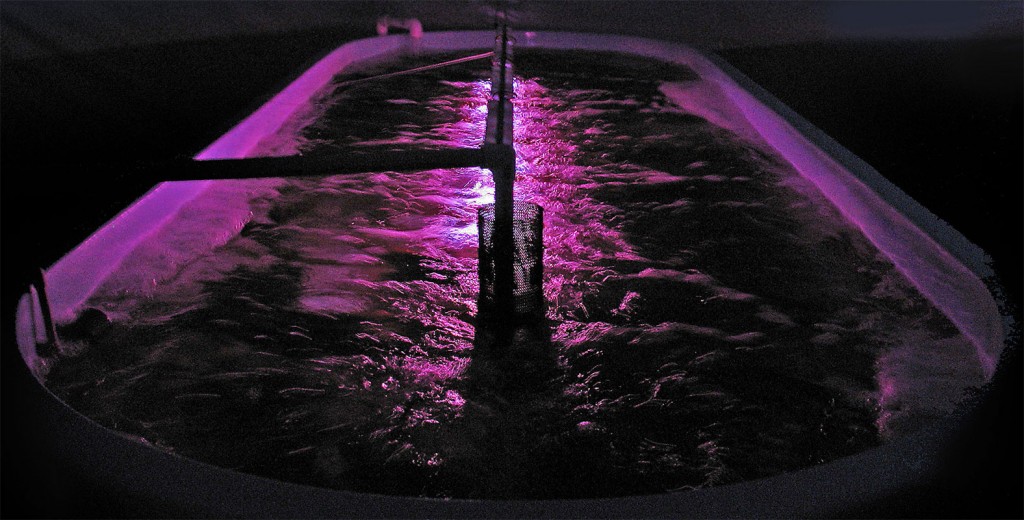Horticultural LED and algae : endless possibilities
If you had ever wondered what is the best way to grow algae, either it is because you work in this sector or you seek to enter. Whether you’re looking to build a great culture of seaweeds or get rid of carbon dioxide emissions through a plant system, LEDs are ideal for indoor and outdoor cultivation.
First of all, let’s define what an alga is:
There are various types of algae. These are all photosynthetic organisms and can live in all ecosystems of our planet. All they need is light, moisture and some micronutrients so they can grow wherever.
The main categories of algae are:
- Cyanobacteria, also called blue-green algae, are not really algae. They are more photosynthetic bacteria that have commercial advantages over algae (simplicity and speed of growth). Such as Spirulina.
- Microalgae are microscopic. They can be found from a simple cell to clusters of cells, never form a tissue.
- Macroalgae are multicellular algae. Seaweeds are part of them and can be eaten in salads or as an accompaniment. They can also replace gelling agents for textiles, food processing and pharmaceuticals.

Spirulina instant drink.
Why choose to use LEDs?
There are several reasons to use horticultural LED for this type of culture. Like in a greenhouse, outdoor crops are exposed can benefit from the sunlight but they can also be exposed to bad weather, one should also think about seasons and temperatures rises & drops. To maintain optimum productivity, producers need to install lighting systems.
Older systems such as HPS, MH or FLO contain chemicals that could contaminate crops if the bulbs were to break. Sure these types of lightings can grow crops, but the amount of energy used in these culture, especially this type, with these kind of lightings is very high and their wavelengths doesn’t match the algae needs, so they are also energetically inefficient.
One of the major issues of the commercial cultivation of algae is to maintain a monoculture. Crops can be easily contaminated by other microorganisms. Strict control of the wavelength broadcasted on the crops is the best solution to avoid such incidents. The optimal solution is to choose LED lighting:
- It reduces stress on the crop with a suitable spectrum
- Emits light in a way more homogenous upon the plants,
- In order to allow a better absorption of light,
- Produce much less heat than conventional lighting,
- LED lights are customizable, so they can manage their impact on the stages of culture and density.

Algae pool supplied with LED lighting

The Horticoled team can accompany you in all your project culture. From simple greenhouse cultivation, to automated multi-layer cultivation according to your farming goals and budgets.




